You may know a thing or two about cloud computing solutions, but if you find the current cloud revolution overwhelming (and who doesn’t, really?), you will definitely benefit from our list of tips on cloud computing for dummies. With so many providers tapping onto this market, and new, lesser-known names making their appearance every day, it has become rather difficult to decide which solution provider is best for your very own, specific business needs. The key is not to appraise each vendor, but to focus on three key areas in which cloud apps can improve your business model: application migration, automation and monitoring.
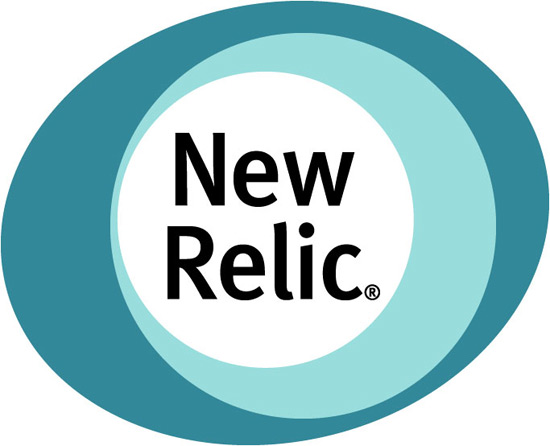
Unlike client or server resources, virtualized environments need different monitoring tools when it comes to data traffic between virtual servers. Open source cloud monitoring software is not that easy to come by, but you can now use this corporate solution. Its focus is to perform the performance of the application. Cloud app managers can now see what is really going on in the environment and form an accurate picture of the traffic situation.

As we’ve already established, VM monitoring is perhaps the most valuable cloud computing for dummies you can receive. If you’re still in doubt about the proper monitoring tool to employ, fret no more. Here comes a solution from NetQoS Service Automation, which was acquired in 2009 by CA Technologies. This network software manages app performance and delivers analyses of response times. Thus, IT managers will find it easier to solve performance issues, plan ahead for changes to the system and manage service levels.
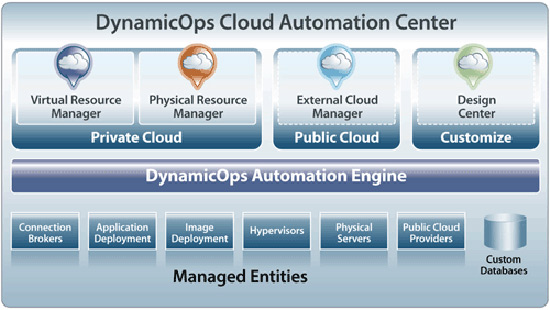
When moving from server to cloud, you know life will get easier, since it’s often quicker to provision a virtual server. However, the control and management of the infrastructure is often a laborious and complex project. Luckily, this Internet model-driven platform, based on the Microsoft Windows Workflow will automate the delivery of predefined IT services. With this tool, you can implement automation across both private and public clouds.

This is yet another corporate-produced monitoring set of tools. You can use it for networks, storage solutions, applications and servers, and it will also assist you in analyzing virtualization performance. See how healthy your CPUs, memory and networks are in the virtual environment and get a full top-down image of your devices.
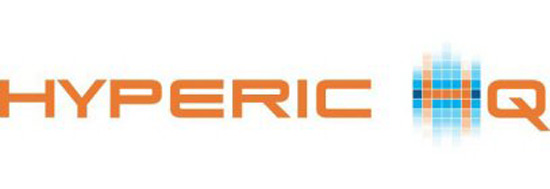
IT managers who are open to tips on cloud computing for dummies will thank their lucky star for this product – essentially the only open source cloud monitoring software on the market. It can monitor any component of a data center: servers, databases, authentication systems, etc.. It automatically discovers, monitors and manages the employed software devices. In 2009, Hyperic switched ownership, first to SpringSource and subsequently to VMware Inc..

When switching to the cloud, you will want to have interoperability at your disposal. To avoid vendor lock-in, you should be able to move apps back and forth from one public cloud to another, or from public to private clouds and vice-versa. AppZero’s virtual application appliances help you do just this. they are self-contained, portable units which don’t use any operating system. This feature basically makes them compatible with various IT infrastructures.

This tool package from Hewlett-Packard comprises several software solutions which will automate a great part of the process (data provisioning, configuration, patching and release management). Until you try this, you will never know how simple it can be to deploy databases, middleware and packaged applications.
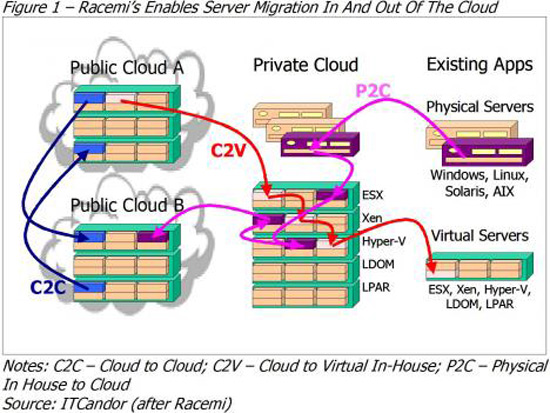
This tip on cloud computing for dummies involves a solution that works for both virtual and physical servers. With the DynaCenter, they are captured into either a data center or a cloud and then deployed into a target environment. The featured management appliance is able to access the captured server environment and target server environment all at once and map between them.

Purchased by Verizon Communications this year, this solution facilitates multi-tier app migration to the cloud via the cloud isolation technology. This technology runs on top of the cloud provider’s hypervisor and beneath the end user’s OS.
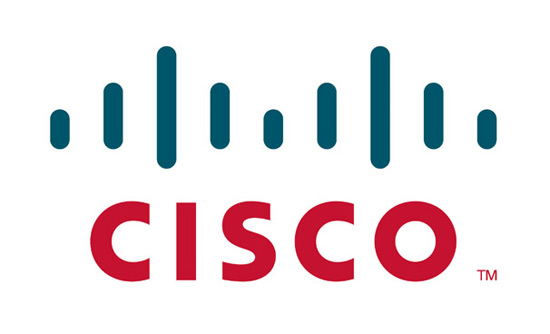
The OverDrive, acquired by CiscoSystems from LineSider Technologies in 2010, automates the provisioning and deployment of network services in cloud environments. Since it’s a policy-driven tool, it modifies the network infrastructure in the process. It manages routing and virtual private networks, switching and VLANs.
1. New Relic Real User Monitoring

Unlike client or server resources, virtualized environments need different monitoring tools when it comes to data traffic between virtual servers. Open source cloud monitoring software is not that easy to come by, but you can now use this corporate solution. Its focus is to perform the performance of the application. Cloud app managers can now see what is really going on in the environment and form an accurate picture of the traffic situation.
2. NetQoS Service Automation

As we’ve already established, VM monitoring is perhaps the most valuable cloud computing for dummies you can receive. If you’re still in doubt about the proper monitoring tool to employ, fret no more. Here comes a solution from NetQoS Service Automation, which was acquired in 2009 by CA Technologies. This network software manages app performance and delivers analyses of response times. Thus, IT managers will find it easier to solve performance issues, plan ahead for changes to the system and manage service levels.
3. DynamicOps Cloud Automation Center

When moving from server to cloud, you know life will get easier, since it’s often quicker to provision a virtual server. However, the control and management of the infrastructure is often a laborious and complex project. Luckily, this Internet model-driven platform, based on the Microsoft Windows Workflow will automate the delivery of predefined IT services. With this tool, you can implement automation across both private and public clouds.
4. SolarWinds

This is yet another corporate-produced monitoring set of tools. You can use it for networks, storage solutions, applications and servers, and it will also assist you in analyzing virtualization performance. See how healthy your CPUs, memory and networks are in the virtual environment and get a full top-down image of your devices.
5. Hyperic HQ

IT managers who are open to tips on cloud computing for dummies will thank their lucky star for this product – essentially the only open source cloud monitoring software on the market. It can monitor any component of a data center: servers, databases, authentication systems, etc.. It automatically discovers, monitors and manages the employed software devices. In 2009, Hyperic switched ownership, first to SpringSource and subsequently to VMware Inc..
6. AppZero

When switching to the cloud, you will want to have interoperability at your disposal. To avoid vendor lock-in, you should be able to move apps back and forth from one public cloud to another, or from public to private clouds and vice-versa. AppZero’s virtual application appliances help you do just this. they are self-contained, portable units which don’t use any operating system. This feature basically makes them compatible with various IT infrastructures.
7. HP Cloud Service Automation

This tool package from Hewlett-Packard comprises several software solutions which will automate a great part of the process (data provisioning, configuration, patching and release management). Until you try this, you will never know how simple it can be to deploy databases, middleware and packaged applications.
8. Racemi DynaCenter

This tip on cloud computing for dummies involves a solution that works for both virtual and physical servers. With the DynaCenter, they are captured into either a data center or a cloud and then deployed into a target environment. The featured management appliance is able to access the captured server environment and target server environment all at once and map between them.
9. CloudSwitch
Purchased by Verizon Communications this year, this solution facilitates multi-tier app migration to the cloud via the cloud isolation technology. This technology runs on top of the cloud provider’s hypervisor and beneath the end user’s OS.
10. Cisco OverDrive

The OverDrive, acquired by CiscoSystems from LineSider Technologies in 2010, automates the provisioning and deployment of network services in cloud environments. Since it’s a policy-driven tool, it modifies the network infrastructure in the process. It manages routing and virtual private networks, switching and VLANs.
No comments:
Post a Comment